Quintic Putter fitting with Jason MacNiven of Club Champion
- keithfmuir
- Aug 13
- 6 min read
Jason MacNiven is widely regarded as one of the UK's best club fitters. When I realised I would be close to his Basingstoke base while on holiday, I couldn't resist making an appointment. With the car full of our holiday packing, the only club I could fit in was my putter! Lucky for me, that's exactly what I wanted to see him about.
Why Club Champion?
Jason originally founded Golf Principles, which he subsequently sold to Club Champion. I have known about Jason for a long time and was fitted for a driver many years ago when he briefly had a facility in Scotland. Jason uses Quintic to fit putters, which is a system I've been curious about since I first saw it on YouTube on a Tour Experience Golf (now Club Champion Canada) video with Ian Fraser.
Why Quintic?

All of my previous putter fittings have utilised the SAM Puttlab, and while I have found those sessions to be useful, I was keen to see if Quintic would yield different results. I have included links to a couple of helpful videos that explain more about the Quintic system and how it works:
These do a much better job of explaining it than I can, but basically, Quintic focuses on how the ball rolls. The camera needs some Sharpie dots on the ball and some stick-on dots on the putter to capture the motion. Most importantly for me, Quintic doesn't require a heavy sensor attached to the putter shaft, as SAM Puttlab does. With that sensor weighing around 60g, I have always been convinced it impacts your swing. I know mine definitely feels different when I use it.
The fitting process
The fitting started with a thorough conversation about my putting performance, my previous work with Bruce Rearick, AimPoint, my putter history and what I like and dislike about different putter styles. I shared my Tangent data and thoughts about my current putter (Toulon Atlanta Garage model) along with my thoughts on the other putters I've reviewed recently for the blog. My preference for milled putters over insert putters, flow neck models rather than plumbers neck etc. With over 220 rounds recorded in Tangent, it is an excellent source of "real" performance data.
I am currently a 3 handicap golfer, and the Tangent strokes-gained data is relative to a scratch player (my aspiration). The pictures demonstrate that I am a good putter, but that there is room for improvement. My dominant miss is right; I'm short more often than I'm long, and my biggest weakness is from medium range. My putting trend is also volatile. So why is that? Jason drilled down into some specific rounds, asking about course conditions, green types, weather, and how I felt they had impacted those performances, building a good overview of my putting before getting into the fitting.
The fitting process
Jason started by measuring the static length, lie and loft of my current putter. We discussed my reasons for swapping the CT Tour shaft for a Stability Carbon shaft and the potential pros and cons of that decision. It's still early in that switch, and I am undecided on which shaft I prefer. Having checked my physical dimensions, he thought the static measurements of my putter were fine, and we moved on to performance.
The first part of the Quintic process is checking static aim with a laser. I aimed at the phantom hole, and Jason then checked my aim using the laser. I was aiming way to the right. That wasn't a massive surprise as my recent SAM data also showed an open face at address. Having discussed this, we then moved on to looking at how the ball rolls with the Atalanta. This is where it started to get interesting and differentiate this fitting from SAM fittings.
My impact dynamics with the Atlanta putter are poor! Yes, I've been making it work on the course, but here in the studio, there was no getting away from the poor roll I was putting on the ball. Not only was I leaving the face open at impact, but my initial putts were coming off with backspin. With lag putts and very short putts, I can get away with the open face. I'm not trying to hole the long ones, and the short ones can still find the cup with a slight misalignment. But this combination of open face and poor roll goes to the heart of the issue with my medium-range performance.
Can we improve the performance?
Rather than jump straight into trying new putters, we looked to see if we could improve the impact dynamics with my club. Jason explained (and demonstrated) that the top alignment line was not where the sweet spot of the face is located, which is slightly towards the heel. He encouraged me to try and hit the ball more on that side of the face. He also suggested I try to shift some weight to my lead leg by moving my hip slightly towards the hole. This helped, but there was still room for further improvement. Given how well I've been performing on the course with it, he doesn't want me to dismiss the putter before working to improve my aim and mechanics first. We then moved on to try other putters.
Alternative putters
In the preamble, we discussed the work I did previously with Bruce Rearick and how he would ideally have me use a heel-shafted blade putter with minimal offset and no alignment lines. Other than having something custom-made, this is difficult to find in the retail market, but he did his best to come up with some options. Jason also wanted me to try different face milling that would promote more forward roll on impact rather than the backspin that I'm currently producing.
With "conventional" blades, we tried an Evnroll that Jason built from the fitting kit, a Bettinardi BB8F and a Scotty Cameron Newport 2.5+. We also tried some zero-torque options, the L.A.B. Link1, BGT Paradox and Bettinardi Antidote. I also asked to try a SeeMore to compare it against the zero-torque options.
While I aimed the conventional blades well, the same couldn't be said for my stroke or the results. The best stroke was with the Bettinardi BB8F, and the best roll came from the Evnroll with its horizontal milling.
Moving on to the ZT option, having tried two of these before, the results mirrored my previous experience. The Link1 was good, but I really don't like how it looks or feels. The Bettinardi Antidote was a counterbalanced model with the 400g head. While it put a very nice roll on the ball, it felt "soft" compared to the other putters I tried, and I didn't like the design with the long shaft. The best performing putter on the day was the BGT Paradox Blade, fitted with the standard graphite shaft rather than the upcharge Stability Tour shaft. My previous testing of this putter indicated that it was a good fit, but now there was Quintic data to back that up. My aim was good, pace control was right where Jason wanted it, and the roll was perfect. Hmm, this could be expensive!
So why did I try the SeeMore? Having not performed well with the m7 Tour Platinum that I reviewed previously, my good results with ZT blades make me question those results and wonder if a different SeeMore model could perform better. From the perspectives of aim, stroke and ball roll, the SeeMore performed very well. The only concern with this particular model was that it produced a ball speed that was too fast. It has a fine-milled face, and it comes off hot. Although Jason doesn't stock many alternative SeeMore models, he suggested others that may suit better. In particular, those with horizontal face milling, such as the Mini-Giant, Nashville and Platinum ranges. Having almost dismissed SeeMore previously and then warmed to them again through the ZT blade reviews, I will endeavour to find others to test and review.
Final results and conclusion
This was an interesting session. I'll admit that I was surprised at the poor roll produced by my Atlanta, but it does help to explain where some of my struggles lie. Before giving up on it, Jason suggests that I make a few modifications to my alignment, stance and stroke and that I change back to the CT Tour shaft. It has been working on the course and shouldn't be dismissed too quickly.
The winner on the day was the BGT Paradox blade, with SeeMore close behind. I can't argue with the results from Quintic, especially when combined with the results from my previous testing. The big thing for me is that Quintic backs up my theory about putting better with zero-torque blades. In fact, with all the blades today, my aim and roll were better than my Atlanta. Quintic has added the ball roll data that was lacking from my SAM sessions and has pointed me towards potential solutions.
Time could be running out for my Atlanta.
Finally, if you have read this far and enjoyed the content, please consider subscribing to the blog or my new Substack (link). It is currently free, so it doesn't cost you anything, but it motivates me to write more content like this.






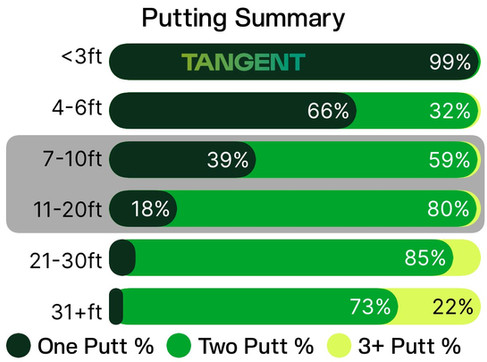







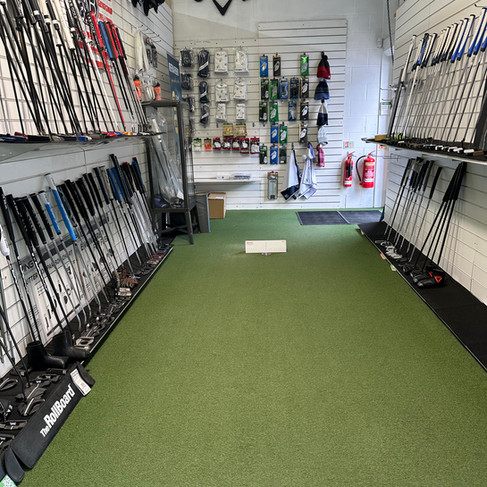


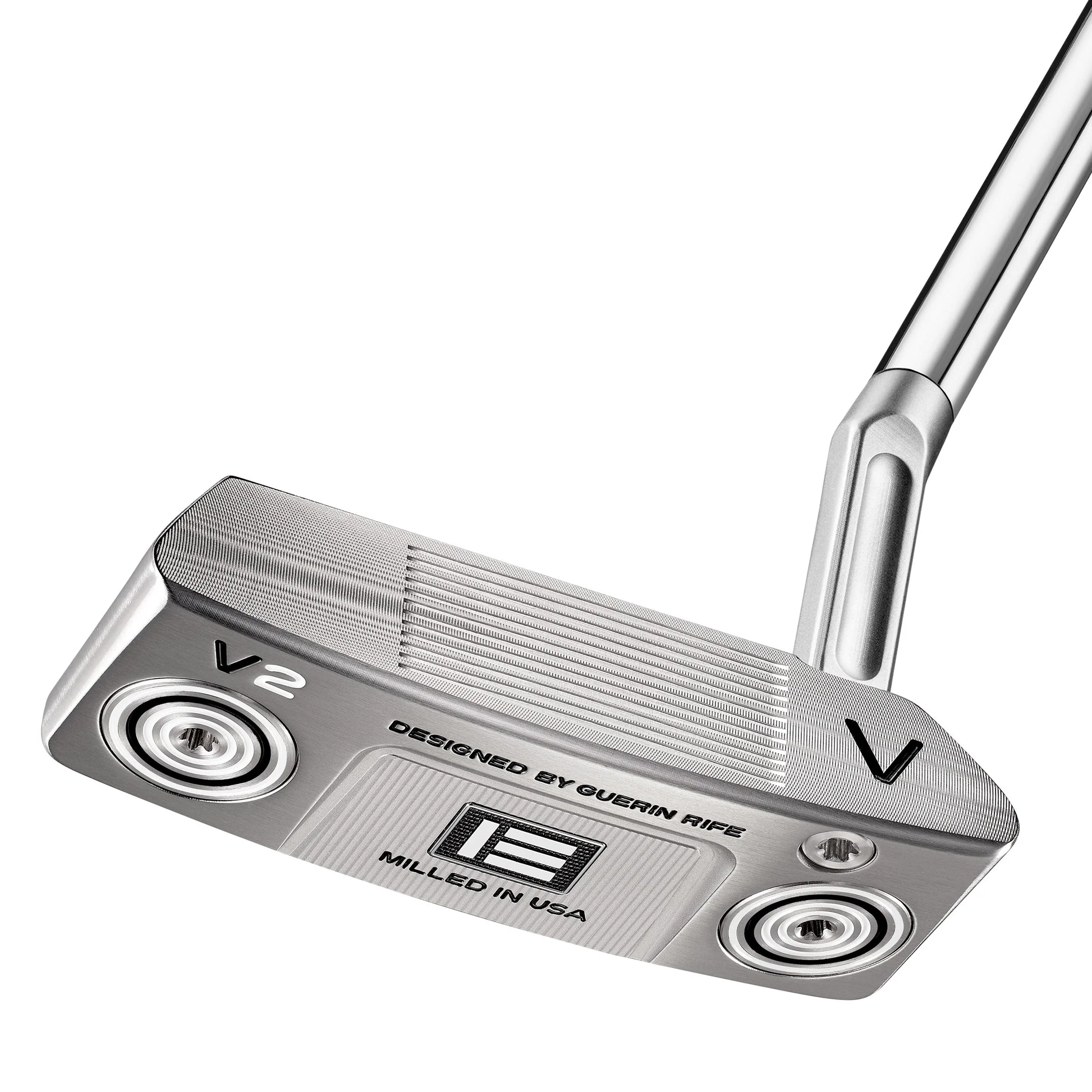
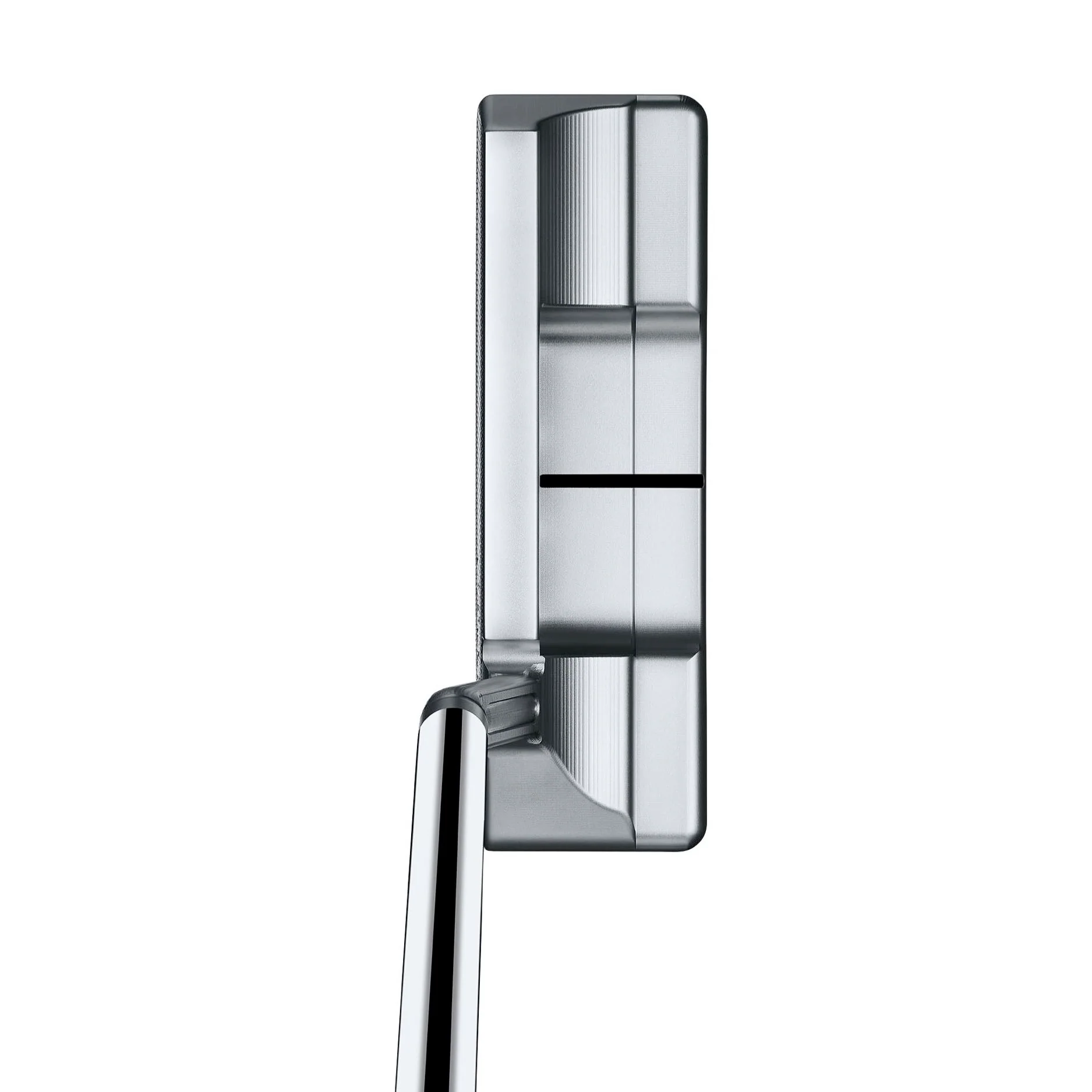
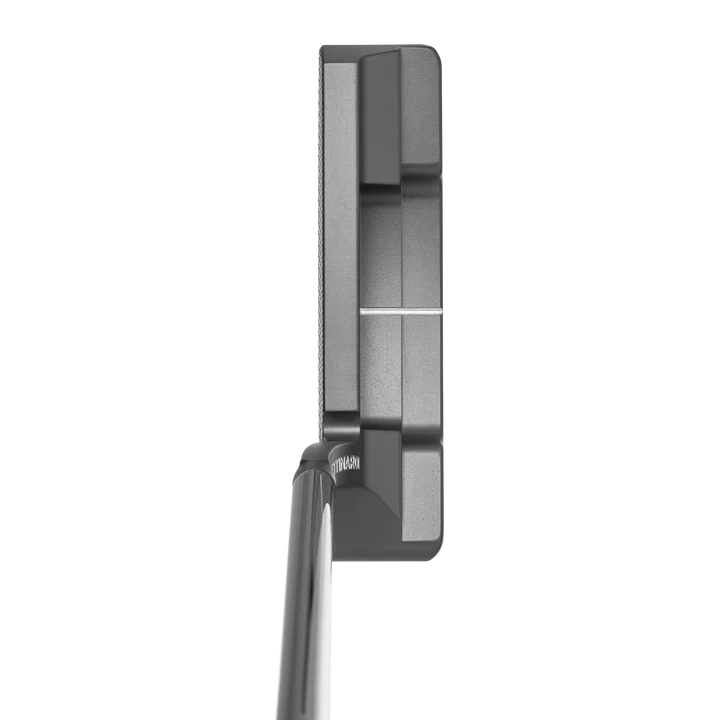






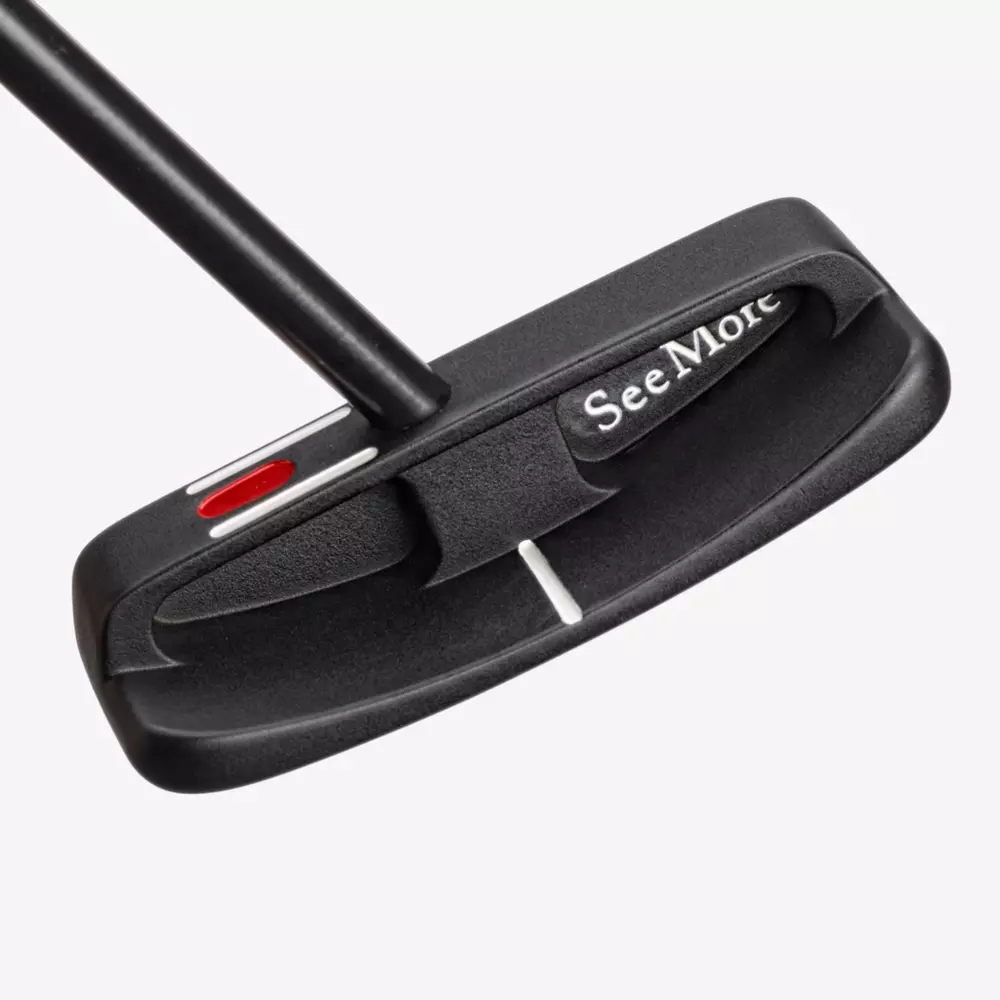



Comments